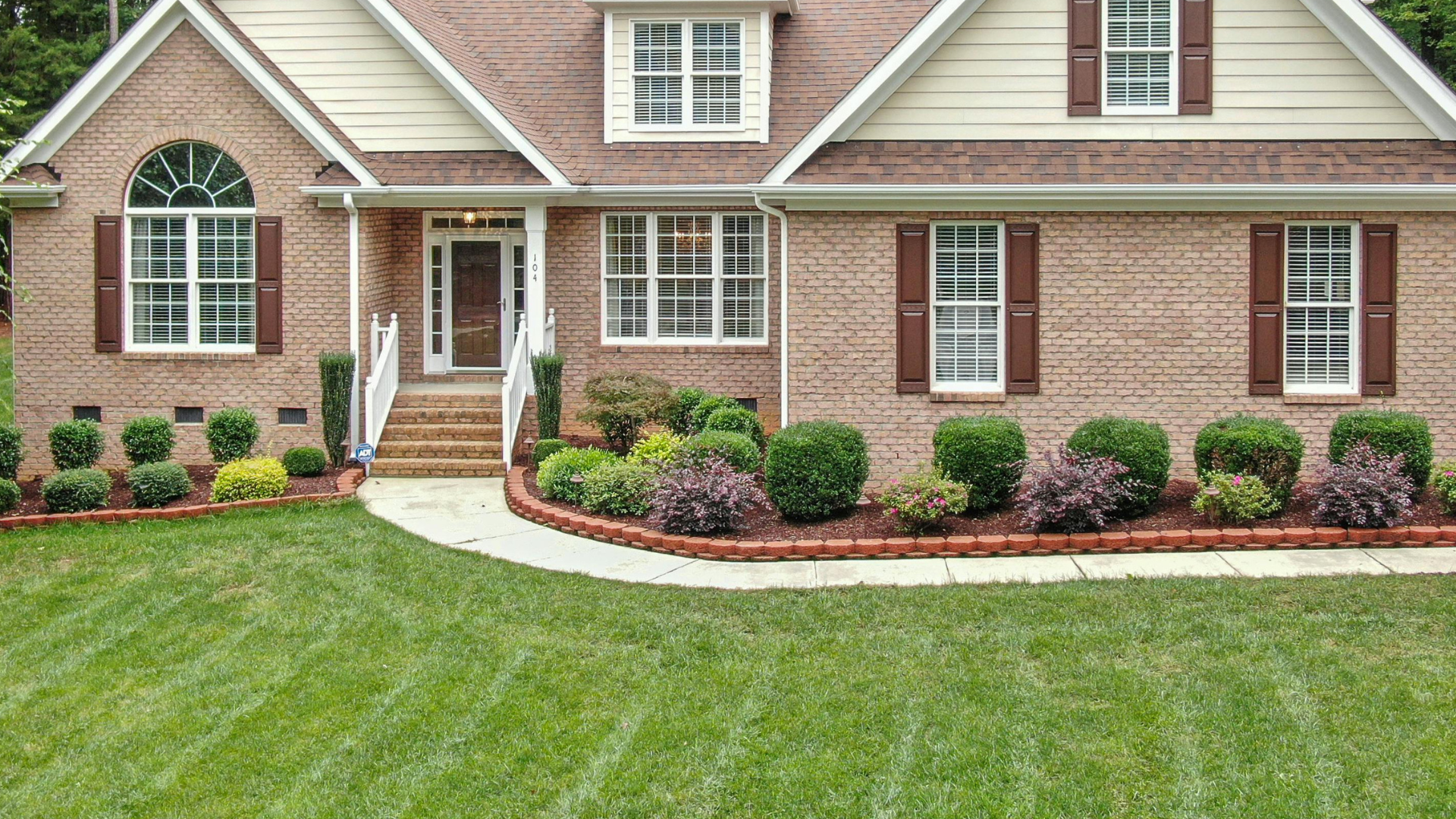Failing to replace your roof in time could mean very costly repairs down the line. That is why identifying when it’s time to replace your roof is essential for maintaining your home’s structural integrity and save you money. Besides, a failing roof is most likely hurting the looks of your home. From obvious signs like leaks and missing shingles to more subtle indicators like sagging areas and granule loss, knowing what to look for can save you a lot of hassle and expense. This guide breaks down everything you need to know, covering key warning signs, types of damage, and steps you can take to prolong your roof’s life.
Understanding Roof Lifespans by Material
Every roofing material has a different expected lifespan. Familiarizing yourself with the typical lifespans can give you a better idea of when a replacement might be due. Below are general guidelines:
- Asphalt Shingles: 20-30 years
- Metal Roofing: 40-70 years
- Tile Roofing: 50-100 years
- Wood Shakes: 20-40 years
- Slate Roofing: 75-200 years
Knowing the age of your roof is a crucial starting point, but other factors like weather conditions and installation quality also play significant roles.
Visible Signs of Roof Aging
Your roof will begin to show signs of aging that you can spot with a quick visual inspection. Some signs to look for include:
- Curling or Buckling Shingles: Shingles that are curling, cracking, or buckling are a sign that they’re reaching the end of their useful life.
- Missing Shingles: If you find shingles scattered around your yard, it’s time for a closer look. Missing shingles leave areas of the roof exposed to the elements, increasing the risk of water infiltration.
- Granule Loss: Asphalt shingles lose granules as they age, which you may notice in gutters or downspouts. Loss of granules reduces the roof’s ability to protect your home from UV rays and rain.
Each of these signs signals that your roof’s protective ability may be diminishing and replacement may be on the horizon.

Checking for Leaks and Water Damage
Leaks are one of the most obvious signs of roof trouble. To assess for leaks:
- Inspect Ceilings and Attic: Look for dark spots, mold, or water stains on the ceiling or in the attic. A small leak may initially be manageable, but if neglected, it can lead to more serious structural damage.
- Check Flashing Around Vents and Chimneys: Damaged or corroded flashing around these areas is a common source of leaks. Flashing should be intact and properly sealed to prevent water from seeping in.
- Roof Valleys: Valleys, where two roof slopes meet, are particularly vulnerable to water damage due to the volume of water flowing through them during rain.
Early detection of leaks and swift action can prevent further damage, so you can avoid the need for an immediate full roof replacement.
Sagging or Drooping Roof Deck
A sagging roof deck is a serious issue that indicates potential structural problems with your roof. In East Texas, specific factors can contribute to this problem, and they shouldn’t be ignored.
- Excess Layers of Shingles: If your roof has undergone multiple re-roofing projects without removing previous layers, the added weight can strain the underlying structure, causing it to sag.
- Water Damage: Frequent heavy rains and high humidity in East Texas can lead to leaks that seep into the decking. Over time, this moisture weakens the wood, causing it to rot and lose its ability to support the roof properly.
- Age-Related Wear and Tear: Roofs naturally weaken over time. As materials degrade, the structural support may fail, leading to uneven or drooping areas.
If you notice any sagging or drooping, it’s important to act quickly. Contact a roofing professional to inspect the damage and recommend the best course of action. Ignoring this issue can lead to more extensive and costly repairs down the line.
Rising Energy Bills
Your roof plays an essential role in your home’s insulation. If you notice your heating or cooling bills increasing without explanation, your roof might be a factor. Poor insulation, leaks, or gaps in roofing materials can cause air to escape, making it harder to regulate indoor temperatures. Consider an energy audit or a professional inspection to pinpoint if roof inefficiencies are to blame.
Mold, Moss, and Algae Growth
While some moss or algae growth is more aesthetic, extensive growth can indicate underlying moisture problems. Moss and algae trap moisture, which can damage shingles over time. Regularly cleaning your roof can help, but if growth persists, it may be time to consider a replacement, especially if mold has spread into your home’s structural components.

Examining Roof Decking and Underlayment
The underlayment and decking beneath your shingles are vital to keeping your roof watertight. Signs of deterioration in these layers include:
- Soft Spots: If the decking feels soft or springy when walked upon, it’s likely deteriorated from water damage.
- Discoloration: Dark spots on the decking can indicate water infiltration or mold growth.
- Peeling or Bubbling in Underlayment: These can signal that the underlayment isn’t fully protecting your roof, making it susceptible to leaks.
Checking the health of the underlayment and decking can offer insight into the overall state of your roof and whether a replacement is advisable.
Frequency of Roof Repairs
If you’re calling a roofer for repairs multiple times a year, it might be more economical to replace the roof altogether. Frequent repairs are usually a sign that the roof’s durability has been compromised. Continual patch jobs can be a temporary fix, but they don’t always address underlying issues that a full replacement would solve.
Factors Unique to East Texas Weather
East Texas homeowners face specific weather conditions, like heavy rain, high humidity, and strong winds, that can impact roofing longevity. Asphalt shingles may weather faster under these conditions, while metal roofs can better withstand East Texas’s humid climate. Understanding these regional challenges can help you assess how soon you may need a replacement. Learn more about your roof type’s longevity in our blog Choosing the Best Roofing Material for Your Home.
Professional Roof Inspection – When to Get One
A roof may appear fine from the ground, but hidden problems can linger beneath the surface. Cracks, weakened flashing, and subtle leaks are often invisible to the untrained eye, yet they can lead to costly damage if left unchecked. A professional inspection is essential to catch these issues early. Inspectors use specialized tools and expertise to identify vulnerabilities that homeowners simply can’t detect, ensuring your roof stays strong and secure against East Texas’s challenging weather.
At Home Projex, we’re here to help with thorough roof inspections tailored to your needs. If you’re unsure about your roof’s condition or want to get a free quote, reach out to us today for professional advice and peace of mind.


